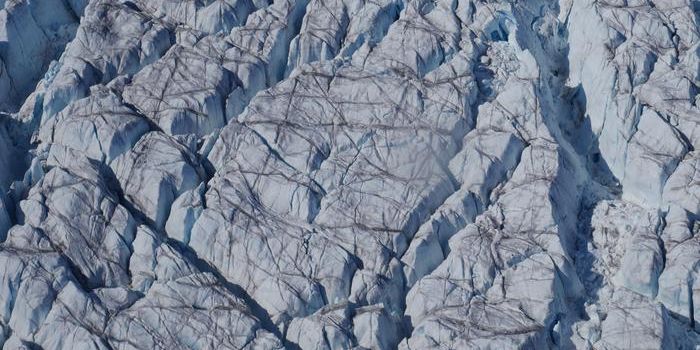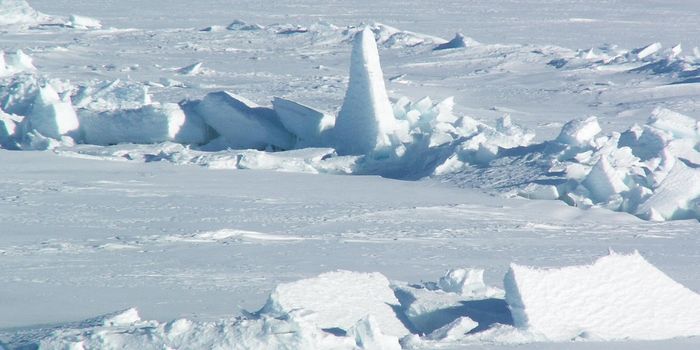Say Goodbye to This 10,000-Year Old Antarctic Ice Shelf
In the cold southern continent of Antarctica, you'll find ice, and lots of it. But one particular mass of ice, an ice shelf that goes by the name of Larsen B, appears to be degrading at an alarmingly rapid rate.

Ice shelves are very important parts of nature, residing near the north and the south pole, and work as fences to keep glaciers from escaping into the warmer waters and melting even faster than they already do. Melting glaciers, of course, lead to higher sea levels.
Larsen B has been under a magnifying glass by scientists after an event in 2002 that caused part of the ice shelf to collapse into the ocean. Warmer summer climate in the area was to blame.
In a recent study performed by a specialized NASA team led by scientist Ala Khazendar, the ice shelf known as Larsen B was found to have been developing some severe cracking and fragmentation, as well as demonstrating signs of faster flowing, all of which could sooner or later lead to the natural demolition of the ice shelf, as we know it.
Science is pointing to sooner, rather than later.
As Khazendar points out, the Larsen B ice shelf, aged at more than 10,000 years old, is on road to disappearing before the end of the decade. The cracking of the large ice shelf will eventually lead to separation and will allow for quicker melting of the ice shelf, as well as the other bodies of ice that it helps to contain.
"These are warning signs that the remnant is disintegrating," Khazendar says in the official NASA statement "Although it's fascinating scientifically to have a front-row seat to watch the ice shelf becoming unstable and breaking up, it's bad news for our planet. This ice shelf has existed for at least 10,000 years, and soon it will be gone."
Larsen B's mass is quickly waning. The entire ice shelf currently measures in at about 625 square miles, which is down from 4,445 square miles in 1995 and 2,573 square miles in 2002.
One of the major cracks that were spotted continues to grow into what appears to be a relentlessly enlarging rift and is predicted to find its way across the entire body of the ice shelf in the very near future. This rift, which has been monitored over the years, is what Khazendar says was used for his estimate of when the Larsen B ice shelf will meet its demise.
Although the demise of Larsen B is "inescapable," as noted by Khazendar, the effects and observation of the collapse in coming years will offer valuable information that will allow scientists to learn what to look for and how to further predict changes to our oceans as a result of melting ice shelves and the likes.
Source: NASA








